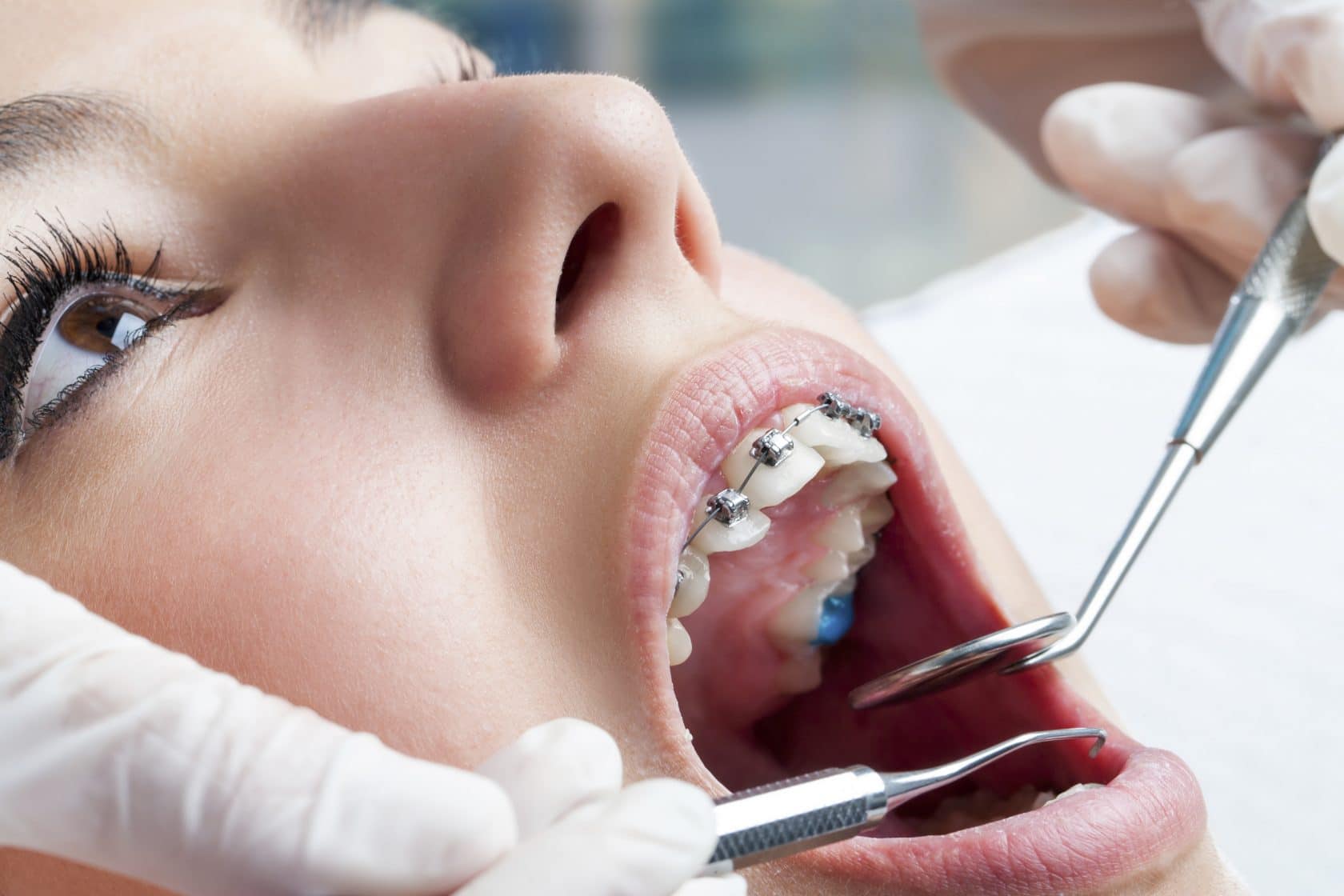Comprehensive Guide to Orthodontics Treatments for Fixing Dental Misalignments
In the world of orthodontics, the trip to achieving a completely lined up smile includes a myriad of procedures customized to fix oral imbalances. From traditional dental braces to unseen aligners and also medical options, the area of orthodontics offers a range of services to attend to differing levels of dental irregularities. Comprehending the ins and outs of each procedure, including their mechanisms, advantages, and possible disadvantages, is essential in making notified choices concerning one's orthodontic therapy. As we browse with the comprehensive guide to orthodontic procedures for remedying dental misalignments, the intricate information of each technique will certainly unfold, shedding light on the course toward a practical and harmonious dental positioning.
Orthodontic Procedures Introduction

Normal modifications and monitoring are critical components of orthodontic treatment to guarantee progress is on track and to make any required adjustments along the way. By going through orthodontic procedures, patients can not just achieve a straighter smile but likewise boost their overall oral health and wellness and feature.
Conventional Dental Braces: How They Work
When thinking about orthodontic therapies for dental misalignments, conventional dental braces stick out as a tried and true method for correcting teeth placing. Traditional dental braces consist of braces, cords, and bands that interact to apply continuous stress on the teeth, progressively moving them right into the desired positioning. The brackets are connected to the teeth utilizing an unique adhesive, and the cords are threaded through the brackets. By readjusting the tension of the cables, orthodontists can control the instructions and force related to each tooth, guiding them into appropriate placement over time.
As stress is used to the teeth via the braces, the bone surrounding the teeth is reshaped to sustain the brand-new tooth settings. People will certainly require routine modifications at the orthodontist's office to ensure the dental braces continue to use the proper stress for reliable teeth motion.
Invisible Aligners: Pros and Cons
Unnoticeable aligners offer a very discreet and convenient alternative to traditional dental braces for remedying dental misalignments. These clear, custom-made trays are essentially unnoticeable when used, making them an enticing choice for individuals seeking a more aesthetically pleasing orthodontic therapy. One of the key advantages of undetectable aligners is their removability, allowing for simpler upkeep of oral health compared to traditional dental braces. Patients can remove the aligners before consuming or brushing their teeth, decreasing the danger of food getting embeded the home appliance and simplifying the cleansing procedure.

Surgical Orthodontic Options
Surgical treatments in orthodontics existing sensible alternatives for dealing with intricate dental misalignments that might not be successfully dealt with via traditional orthodontic therapies. While standard dental braces and invisible aligners can deal with several orthodontic problems, specific cases call for medical treatment to accomplish optimal outcomes. Surgical orthodontic alternatives are normally recommended for severe malocclusions, substantial jaw discrepancies, and situations where the underlying bone framework requires alteration to accomplish proper positioning.
One usual surgical orthodontic procedure is orthognathic surgery, which includes rearranging the jaws to fix functional problems such as difficulty chewing or talking. This surgery is usually done in partnership with an orthodontist who assists straighten the teeth content prior to and after the procedure. Surgical orthodontics may likewise involve procedures to expose influenced teeth, get rid of excess periodontal tissue, or improve the jawbone to create an extra unified face profile.
Prior to taking into consideration surgical orthodontic choices, patients undertake a thorough examination to determine the necessity and possible advantages of such interventions. aligners. While surgery might appear challenging, it can dramatically improve both the feature and aesthetic appeals of the smile in cases where standard orthodontic therapies fall short
Retainers and Post-Treatment Care

Post-treatment care involves following the orthodontist's directions carefully. This might include correct oral health practices, participating in follow-up visits, and using the retainers as recommended. Failing to adhere to post-treatment treatment directions can result in relapse, where the teeth slowly move back towards their initial settings. Consistent retainer wear, good oral health, and normal dental check-ups are vital for maintaining the results accomplished through orthodontic surgery and guaranteeing the lasting stability of the corrected oral alignment.
Verdict
In conclusion, orthodontic procedures supply different options for remedying dental misalignments. Surgical orthodontic alternatives are readily available for extra extreme imbalances. Overall, orthodontic treatments can properly improve oral health and visual look.
As we browse through emergency dental care the extensive guide to orthodontic procedures for correcting dental imbalances, the intricate information of each method will certainly unravel, shedding light on the path toward a harmonious and functional oral alignment. - cumming braces
One of the most usual orthodontic treatments is the use of dental best teeth whitening braces, which consist of steel braces and cords that apply gentle stress to gradually shift teeth into the wanted setting.When thinking about orthodontic treatments for dental misalignments, conventional braces stand out as a tried and true method for dealing with teeth placing. In addition, invisible aligners may not be ideal for intricate orthodontic problems that call for more substantial teeth motion, as they are generally suggested for moderate to moderate cases. Retainers are tailor-made orthodontic gadgets developed to hold teeth in their fixed positions after the conclusion of orthodontic therapy.